#Crown Jewels
Explore tagged Tumblr posts
Text
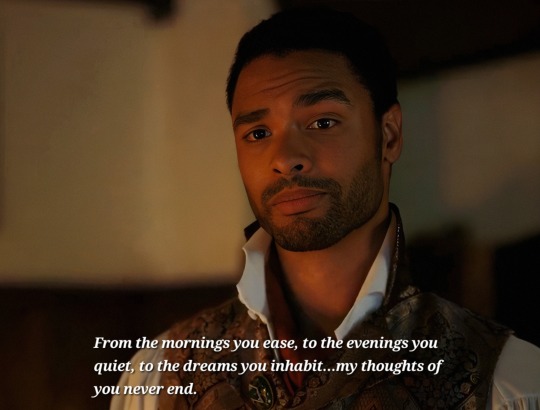
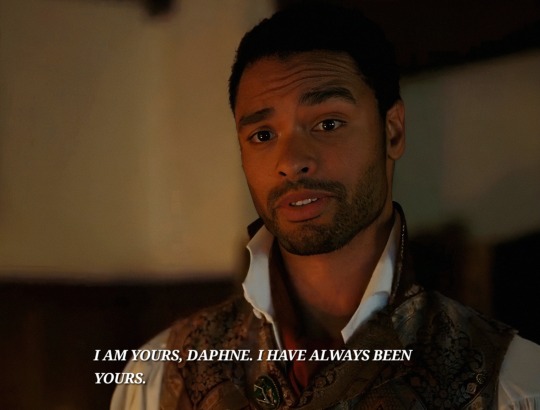

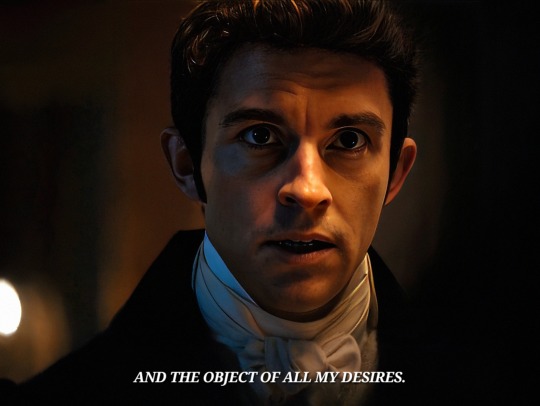
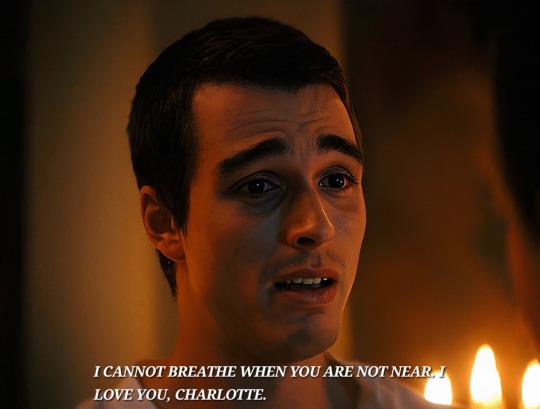
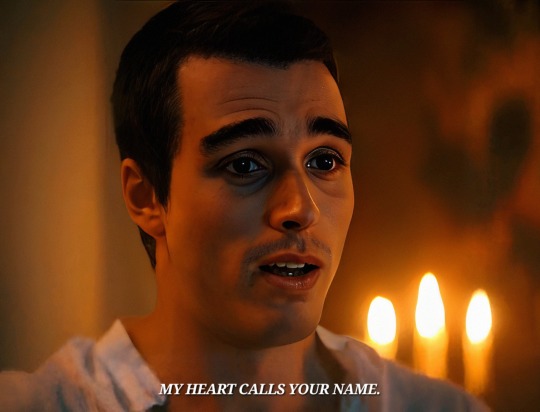
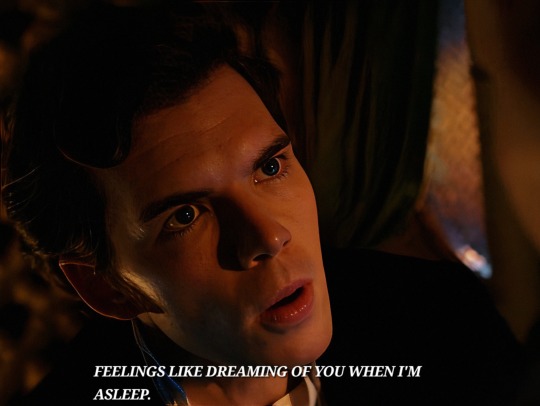
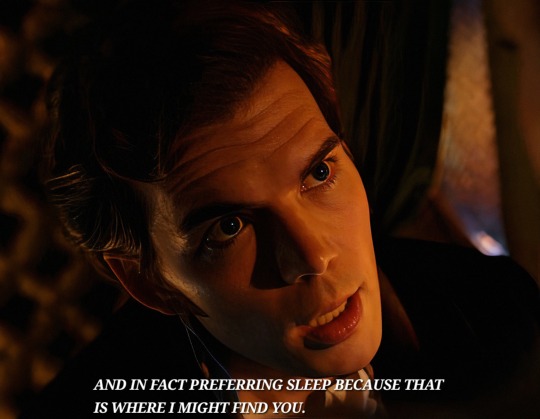
BRIDGERTON MEN AND THEIR DECLARATION ❤️🔥❤️🔥
#bridgerton#bridgerton queen charlotte#bridgerton series#bridgerton edit#bridgerton season 3#bridgerton spoilers#bridgerton s3#bridgerton season 2#bridgerton season 1#simon basset#daphne bridgerton#daphmon#anthony bridgerton#kate bridgerton#kanthony#colin bridgerton#penelope featherington#polin#queen charlotte#king george#charlotte and george#george x charlotte#1x06#crown jewels#1x05#the duke and I#2x05#an unthinkable fate#3x04#old friends
819 notes
·
View notes
Text


Catherine's Royal Vault : Clarence House announced the engagement of Prince William of Wales to Miss Catherine Middleton.
#british royal family#british royals#royalty#brf#royals#royal#british royalty#kate middleton#catherine middleton#duchess of cambridge#princess of wales#the princess of wales#princess catherine#catherine princess of wales#engagement announcement#EngagementAnnouncement10#16112010#princess kate#royaltyedit#royalty edit#royal fashion#fashion#style#crown jewels#jewellery#jewels#necklace#earrings#catherine's royal vault.#catherine's royal vault
93 notes
·
View notes
Photo

Kim Kassas Couture | Bridal Spring 2024
Collection: Crown Jewels Gown: Isabelle
#Kim Kassas Couture#Crown Jewels#ss24#2024#spring#spring 2024#bridal#wedding#dress#wedding-affair#gown#bridal dress#bridal gown#fashion#bridal fashion#mariage
404 notes
·
View notes
Text
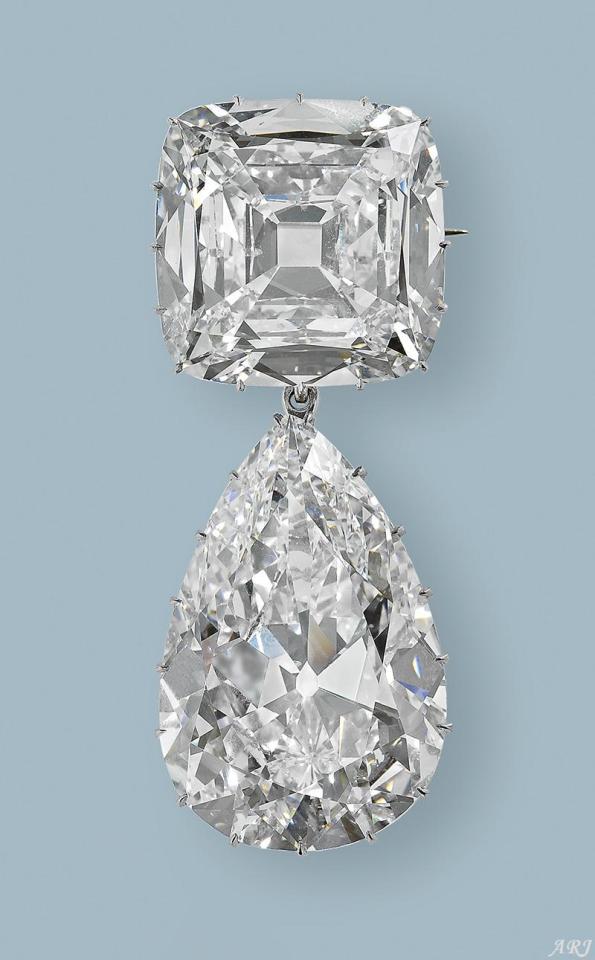
Cullinan III and IV - two famous diamonds belonging to the British Crown Jewels and weighing a total of 158cts. Affectionately known as ‘Granny’s Chips’.
181 notes
·
View notes
Text
Sultan Ibrahim Iskandar of Johor will be installed as the 17th Yang di-Pertuan Agong or King of Malaysia tomorrow, July 20th. Malaysia has a unique rotating elective monarchy where the king serves a five year term.

The Gendik Diraja and Kalung Diraja have been worn by each Raja Permaisuri Agong or Queen of Malaysia since the country gained it's independence in 1957.


The tiara and necklace were created by Henry Sena using platinum and diamonds ahead of the first king's installation ceremony.
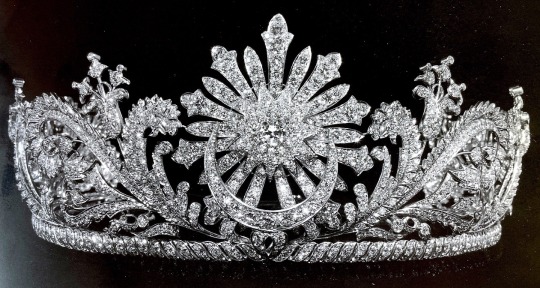
In 1984, both pieces were redesigned by Garrard. The necklace was completely taken apart while the tiara was made larger. I prefer the earlier version of the tiara because it tapers down the sides and is curved to fit the wearers head.

If it follows the pattern of the last installation we will see all of the Malay queens and the Johor princesses wear tiaras at the ceremony and then again at the banquet so be prepared for a lot of Tiara Alerts!
#Tiara Talk#Malaysia#Malaysian Royalty#Malaysian Royals#tiara#diadem#necklace#diamond#crown jewels#royal jewels#H. Sena#Garrard
67 notes
·
View notes
Text
I'm watching a video about "the crown of St Wenceslas" which is from 1346 in Prague. All these comments and the guy in the video keeps saying how 'beautiful' it is and I'm just not seeing it? Ugliest thing I've ever seen in my life.

I guess it's "beautiful" that it's from 1346 and so well preserved. And naturally it's not made for the "modern eye". But... good lord. It's like someone broke a stain glass window and cleaned it up with tape.
Am I being unfair?
Good King Wenceslas looked about, on the Feast of Stephen, With goofy jewels all sicking out, lumpy and uneven...
"Hey! It was a long time ago!"
Ahem:

15 notes
·
View notes
Text

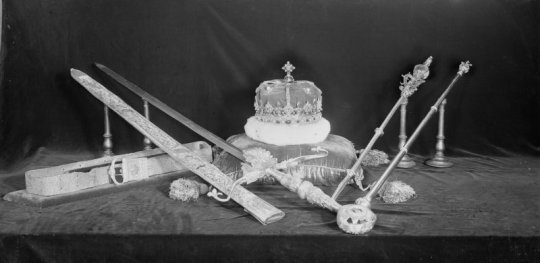
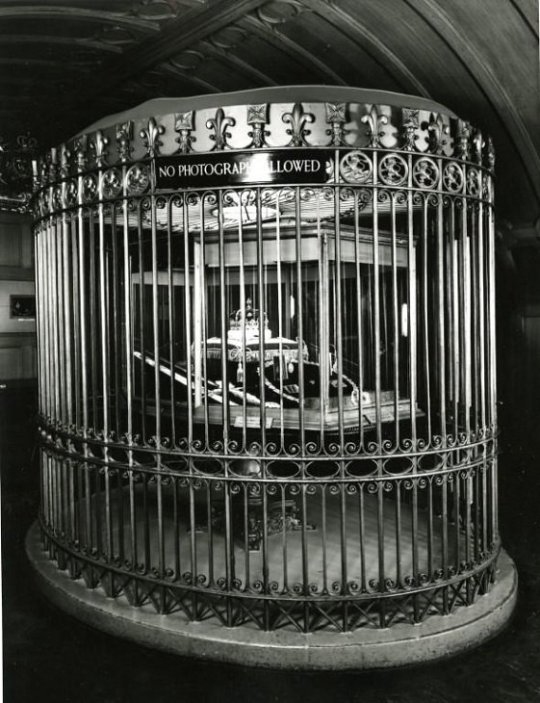

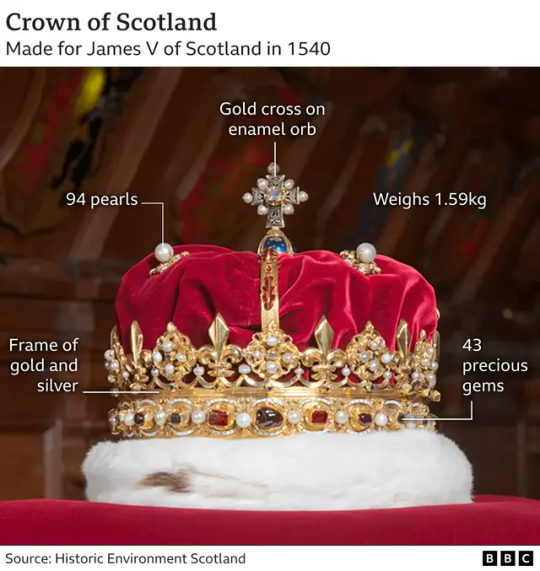
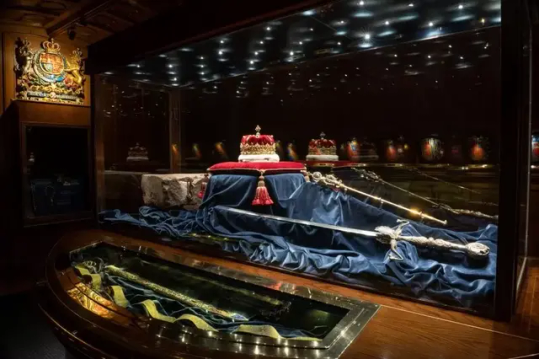
On 26th May 1819, the Honours went on public display in the Crown Room in Edinburgh Castle.
The ‘Honours’, our Crown Jewels, were first used together at the coronation of the nine-month-old Mary, Queen of Scots in 1543, the Crown almost certainly dates from before 1540 when it was remodelled by order of James V. It was last worn at the coronation of Charles II at Scone in 1651, the last time a monarch was crowned in Scotland.
Made of solid silver, the Sceptre is surmounted with three figures supporting a crystal globe, a cut and polished rock crystal, with a Scottish pearl on top. A gift from the Pope, possibly given by Innocent Vlll to James IV in 1494, again it was remodelled by James V who even added his initials to the sceptre, the Stewarts were a vain lot.
The Sword of State was presented to James IV in 1507 by Pope Julius II and has a blade a metre long.
Following the Treaty of Union in 1707, the ancient Honours were not seen for a century. Rumours circulated that the English had removed them to London. However Sir Walter Scott asked for permission to seek them out in in 1818. And as he suspected they were found in a chest hidden away.
They have remained on secure display ever since, except for the duration of World War II.
The Honours have since been joined by other royal regalia and jewels of a personal nature – the Wand (found in the Chest in 1818), the Stewart Jewels (presented by William IV in 1830) and the Lorne Jewels (bequeathed by Princess Louise in 1939) – and by the Stone of Destiny (see separate Statement), which was returned from Westminster Abbey in 1996 after it as stolen by Edward I (Longshanks) Scotland ove700 years before.
Below is a lengthy rundown of the Honours as marked down in history, please note though that the earliest dates are only noted in history some of the original Honours were lost by the English.
574: First reference to a royal sceptre, by Cumméne ‘the White’, seventh abbot of Iona, in connection with the inauguration by St Columba of Aédán mac Gabhráin as king of the Scots of Dál Riata.
1097: King Edgar is depicted on his seal wearing a crown, and holding a sceptre and sword.
1157: David I is depicted in a posthumous charter holding an orb in place of a sceptre.
1182: William I ‘the Lion’ is presented with a golden rose by Pope Lucius II.
1296: Edward I of England strips John I (Balliol) of his crown, sceptre and sword and takes them, together with the Stone of Destiny, to England, where they are subsequently lost or destroyed.
1306: Robert I (Bruce) is enthroned at Scone with a new circlet of gold.
1329: Pope John XXII formally recognises the right of kings of Scots to be formally crowned and anointed, hitherto denied them on account of English opposition.
1331: David II, Robert I’s heir, is formally crowned and anointed at Scone.
1484: Coin evidence (a silver groat) indicates that the crown, hitherto a simple open circlet, has by now become an ‘imperial’ crown (ie, closed with arches).
1486: James III is presented with a golden rose by Pope Innocent IV.
1491: James IV is presented with a golden rose by Pope Innocent VIII.
1494: Tradition has it that the Sceptre was presented to James IV by Pope Alexander VI. However, it is possible that the Sceptre was presented with the golden rose in 1491.
1503: James IV is depicted in the Book of Hours , made to commemorate his marriage, wearing an ‘imperial’ crown. Also, first mention of a crown bonnet.
1507: The Sword of State is presented to James IV by Pope Julius II. A consecrated, or blessed, hat is presented at the same time.
1532: The bonnet is renewed and the crown repaired by Thomas Wood, goldsmith.
1536: The Sceptre is lengthened and embellished for James V by Adam Leys, an Edinburgh goldsmith, perhaps in preparation for his first marriage, to Princess Madeleine de Valois. This enhancement is formally acknowledged when the Crest above the Royal Arms is amended, the Sceptre replacing the Saltire in the lion’s left paw.
1539, the crown is refashioned to its present form for James V by John Mosman, Edinburgh goldsmith. James wears it for the first time at the coronation of his second wife, Mary of Guise, in Holyrood Abbey. The purple velvet bonnet, made by Thomas Arthur, has not survived, but its four delicate ornaments have.
1543: Mary Queen of Scots is crowned in Stirling Castle, the first sovereign to be enthroned with all three Honours. 1
560: Queen Mary receives a golden rose from Pope Pius IV. 1567: James VI is crowned with the Honours in the Kirk of the Holy Rude, Stirling.
1571–73: Substitute Honours are used at sittings of Parliament, because Edinburgh Castle is in the hands of the supporters of the exiled Queen Mary.
1615–16: The Crown Room is created, part of the wholesale remodelling of the Palace in preparation for James VI’s ‘hamecoming’ in 1617. The present Crown Chest is very probably also made at this date.
1633: Charles I is crowned in Holyrood Abbey with the Honours
1638–39: The Honours are taken to Dalkeith Castle for safe-keeping during the conflict between Charles I and those supporting the National Covenant.
1650: The Honours are removed from the castle, possibly to Stirling Castle, for safe-keeping, prior to Oliver Cromwell besieging the castle.
1651: Charles II is crowned with the Honours at Scone. Following the ceremony, the Honours, unable to be brought back to Edinburgh Castle, are taken to mighty Dunnottar Castle, Kincardineshire, seat of the Earl Marischal.
1652–60: The Honours are smuggled out of Dunnottar and buried under the floor of nearby Kinneff Kirk. On Charles II’s return to the throne, the Honours are returned to Edinburgh Castle: all except the Sword belt and Crown cushion.
1687: James VII has the crown bonnet changed from purple to red.
1707: Following the adjourning of Parliament after the passing of the Act of nion.
1790: The Sword Belt is discovered hidden in a wall at Barras, near Dunnottar Castle, by Sir David Ogilvy.
1794: Lieutenant-Governor Major Drummond briefly opens the Crown Room in search of old Parliamentary records but, because he lacks the necessary royal warrant, does not break open the Crown Chest.
1818: Walter Scott and others, with a royal warrant from the Prince Regent, officially break into the Crown Room, break open the Crown Chest and there rediscover the Honours, together with a wand, or baton of office. A second royal warrant appoints the Commissioners for the Keeping of the Regalia (Keeper of the Great Seal, Keeper of the Privy Seal, His Majesty’s Advocate, the Lord Clerk Register and the Lord Justice Clerk). Scott’s friend Adam Ferguson is appointed Keeper of the Regalia, with a ‘grace and favour’ flat above the Crown Room.
1819: The public are invited to inspect the Honours in the Crown Room, on payment of an admission fee.
1822: George IV (the former Prince Regent) formally visits Scotland, and the Honours are taken to the Palace of Holyroodhouse for the duration of his stay.
1830: The Stewart Jewels, bequeathed to George III in 1807 by Prince Henry, Cardinal York, the last Stuart claimant to the throne of Great Britain, are entrusted by William IV into the safe-keeping of the Keeper of the Regalia for display in the Crown Room.
1837: The Turkish Ambassador is denied entry to the Crown Room because he does not have an admission ticket!
1842: The Honours are temporarily removed to an adjacent room so that they may be better viewed by Queen Victoria and Prince Albert.
1848: The present panelling is installed in the Crown Room by the Edinburgh firm of Charles Trotter, cabinetmakers and joiners.
1871: The Honours are redisplayed behind a cage of ornamental bars, for their better security.
1892: The Sword Belt is returned to the Crown Room from Barras Castle, Kincardineshire, by Rev. Samuel Ogilvy Baker, a descendant of Sir David Ogilvy.
1905: The old Crown Cushion is presented to the State by Sir Patrick Keith Murray, who states that it had been retained at Dunnottar by his ancestor, Sir William Keith, 9th Earl Marischal, after the Honours had been smuggled out in 1652
1911: The Sword is taken to St Giles’ Cathedral for the official opening of the Thistle Chapel. Gyp, the Crown Room dog, dies and is buried in the Dog Cemetery below St Margaret’s Chapel.
1939: Princess Louise, Queen Victoria’s fourth daughter, bequeaths the Lorne Jewels, presented to her by Clan Campbell on the occasion of her marriage to the Marquis of Lorne in 1871, to the Scottish nation, and they are added to the display in the Crown Room. Shortly thereafter (1 September), the Crown Jewels are taken down to the basement of the Palace to protect them from aerial bombardment by German planes.
1942: The Honours are secretly taken out of the basement and buried in David’s Tower, where they remain for the duration of WWII.
1953: The Honours are presented to Her Majesty Queen Elizabeth at the National Service of Thanksgiving in St Giles’ Cathedral that follows the Coronation in Westminster Abbey.
1971: The Sword of State is used for the first time at the ceremonial installation of a Knight of the Most Ancient and Most Noble Order of the Thistle, Scotland’s premier Order of Chivalry, held in the Thistle Chapel, in St Giles’ Cathedral.
1980s: The post of Warden of Regalia is abolished. 1
987: The Sword of State is used alone for the final time, in St Giles’ Cathedral for the tercentenary anniversary celebrations of the Order of the Thistle. Thereafter, in view of its parlous condition, its ceremonial role is restricted to National Services of Thanksgiving
1993: Her Majesty Queen Elizabeth formally opens the Honours of the Kingdom exhibition, including the extensively refurbished Crown Room and redisplayed Honours. The present Crown Cushion is made specially for the occasion. The Crown Chest is relocated from the Crown Room to an adjacent exhibition space and displayed alongside one of the original padlocks, broken in 1818.
1999: The Crown is formally taken to the State Opening of the Scottish Parliament, the first in the modern era.
2022; The Crown of Scotland was placed on Elizabeth II's coffin at a service in St Giles' Cathedral.
2023; The Honours of Scotland were presented to King Charles III in a ceremony held in St Giles' Cathedral. The ceremony was formally described as a National Service of Thanksgiving and Dedication to mark the coronation of King Charles III.
39 notes
·
View notes
Text
The First Official Gala Portrait of King Frederik X of Denmark and his Australian-born wife Queen Mary

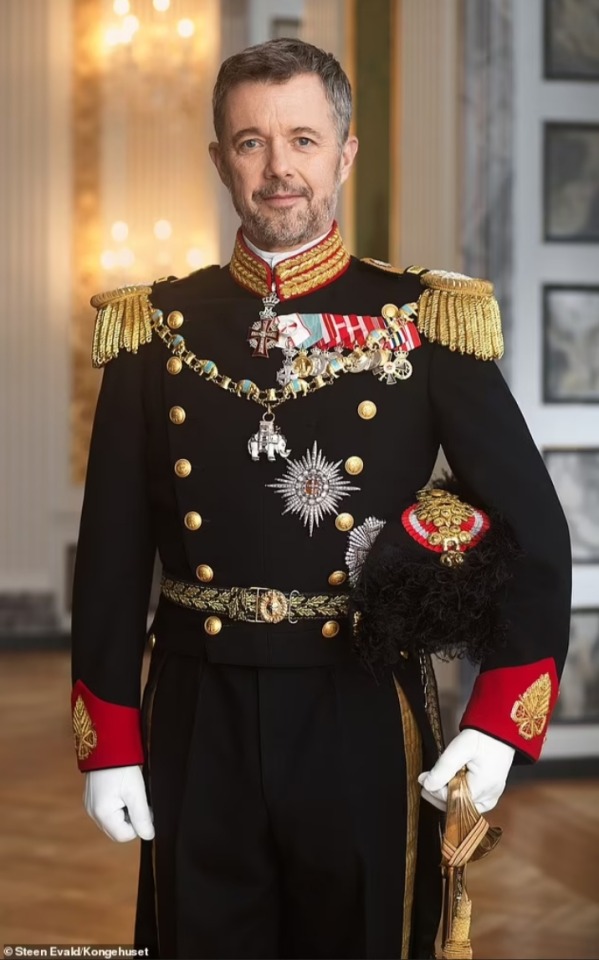

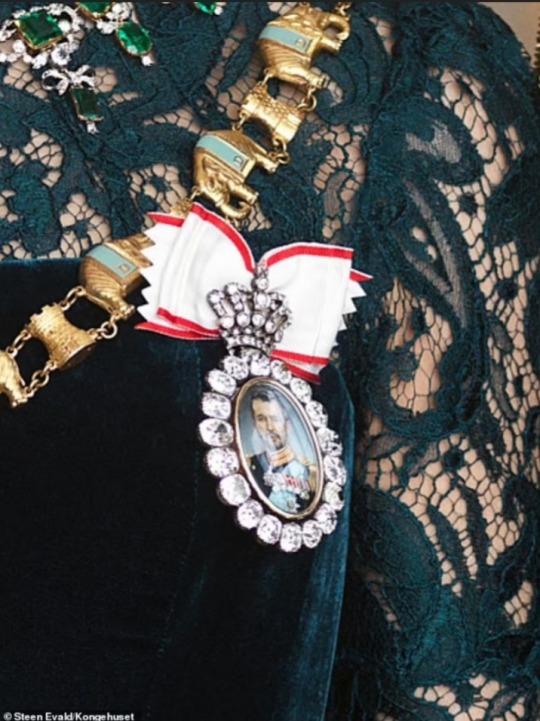
The portrait, which shows the couple wearing the Order of the Elephant on chains, will be displayed in state institutions, including at Danish embassies and consulates around the world.
Taken at Christiansborg Palace in Copenhagen, it is the first photo of Mary wearing the crown jewels as queen since ascending the throne in January.
In the portrait, Mary wears an emerald set with a tiara, necklace earrings, and a large broach.
The set was designed by jeweller CM Weisshaupt and was a gift from Christian VIII to Queen Caroline Amalie, the Royal House states on its website.
The set’s emeralds and diamonds are partly reused items from the jewellery collection of Christian VI’s Queen Sophie Magdalene and from older bracelets, combined with newly purchased stones, the Royal House website states.
Mary also wears a diamond miniature portrait of the king in a bow of Order of Dannebrog ribbon, in keeping with the tradition of female members of the royal family wearing a portrait of the sovereign.
25 April 2024
#King Frederik X of Denmark#Queen Mary of Denmark#Danish Royal Family#official gala portrait#Order of the Elephant#Christiansborg Palace#CM Weisshaupt#Christian VIII#Queen Caroline Amalie#Christian VI#Queen Sophie Magdalene#Order of Dannebrog#crown jewels#House of Glücksburg#House of Bernadotte#House of Monpezat
47 notes
·
View notes
Text

20 notes
·
View notes
Text

❥ Catherine's Royal Vault : The jewellery worn by the Princess of Wales for the State Visit by The Amir of Qatar.
#british royal family#british royals#royalty#royals#brf#kate middleton#british royalty#royal#catherine middleton#duchess of cambridge#earrings#crown jewels#necklace#jewels#jewellery#catherine's royal vault.#catherine's royal vault#from the royal vault.#princess of wales#the princess of wales#princess catherine#princess kate#catherine princess of wales#royaltyedit#my edit#3122024#QatariStateVisit24.1#royal fashion#fashion#style
60 notes
·
View notes
Photo

Kim Kassas Couture | Bridal Spring 2024
Collection: Crown Jewels Gown: Alexandra
#Kim Kassas Couture#Crown Jewels#ss24#2024#spring#spring 2024#bridal#wedding#dress#wedding-affair#gown#bridal dress#bridal gown#fashion#bridal fashion#mariage
298 notes
·
View notes
Text

Crown of Queen Elizabeth ♕ British Crown Jewels
65 notes
·
View notes
Text
More fic writer inspo!

9 notes
·
View notes
Text
#OTD in 1671 – Irish adventurer, Colonel Thomas Blood, dresses as a clergyman and attempts to steal the British crown jewels from the Tower of London. He is arrested in possession of the crown jewels.
In London, Thomas Blood, an Irish adventurer better known as ‘Captain Blood,’ is captured attempting to steal the Crown Jewels from the Tower of London. Blood, a Parliamentarian during the English Civil War, was deprived of his estate in Ireland with the restoration of the English monarchy in 1660. In 1663, he put himself at the head of a plot to seize Dublin Castle from supporters of King…

View On WordPress
#Captain Blood#Crown Jewels#Dublin Castle#England#English Civil War#Ireland#King Charles II#Oliver Cromwell#Thomas Blood
12 notes
·
View notes
Text

Necklace of the Stars (Colar das Estrelas) and was commissioned in 1865 by Queen Cosort Maria Pia of Savoy, wife of King Luís I of Portugal. It may be hard to tell from this picture, but the heirloom consists of both colorless and pink diamonds.
3 notes
·
View notes
Text

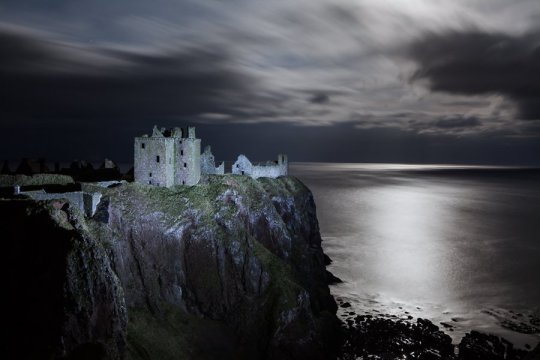


31st March 1652 saw the Honours of Scotland saved from Cromwell's forces at Dunnottar Castle.
In 1651, during Cromwell’s occupation of Scotland after his victory at Dunbar in 1650, our crown jewels The Honours of Scotland were spirited from there and used at the coronation at Scone of Charles II as King of Scots. From there they were taken for safekeeping to Dunnottar Castle. It was on March 31st when Cromwell’s troops laid siege to the castle this story happened.
The Honours of Scotland were made up of the crown, the sceptre, and the sword of state. The gold crown, decorated with gems and pearls, was made from Scottish gold, and the sceptre was a gift from Pope Alexander VI to James IV, while the sword was also a papal gift to James IV, presented by Pope Julius II. The regalia were used for the coronation of Scottish monarchs from Mary Queen of Scots in 1543 until Charles II in 1651.
The story began in 1651, following the crowning of Charles II at Scone, in Perthshire. 38 kings of Scots had been inaugurated and crowned at Scone, on top of Moot Hill, but Charles II was to be the last. Oliver Cromwell’s army by this time were marching through the Lothians, near Edinburgh, and were intent on capturing the crown jewels and destroying them, just as they had done to the English crown jewels.
The Honours and some Royal papers were brought to Dunnottar Castle for safe keeping by Katherine Drummond, hidden in sacks of wool. Sir George Ogilvie of Barras was appointed lieutenant-governor of the castle, and given responsibility for its defence. By November 1651, they were being besieged by Cromwell’s army and it was obvious to the small garrison that the castle would be captured sooner or later.
Elizabeth Douglas, wife of Sir George Ogilvie, and Christian Fletcher, wife of James Granger, minister of Kinneff Parish Church hatched a plan that saved the royal regalia. Firstly, the king's papers were removed from the castle by Anne Lindsay, a kinswoman of Elizabeth Douglas, who walked through the besieging force with the papers sewn into her clothes. Then over the course of three visits to the castle, Christian Fletcher carried away the crown, sceptre, sword and sword-case hidden amongst sacks of goods. Fletcher and her husband then buried them under the floor of Kinneff Parish Church.
For eight years the Honours were kept at the church in secret, with Cromwell scouring the country and believing the rumours that the jewels may have been smuggled abroad. Once every three months the Regalia were dug up at night to be aired before a fire and preserved from damp and injury. Wrapped in fresh cloths, they were buried again.
At last, during the Restoration of Charles II in 1660, the honours were removed from Kinneff Church and returned to the king. Christian Fletcher was awarded 2,000 merks by Parliament as a reward for saving the Honours. Parliament noted that the award was “because she was most active in conveying the royal honours…out of the castle…and that by her care the same was hid and preserved.” However, the sum was never paid!
13 notes
·
View notes